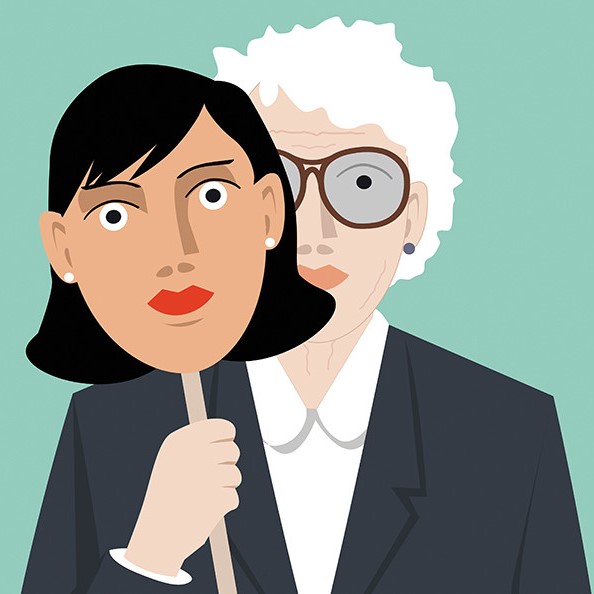The World Health Organization (WHO) calls ageism “the most socially acceptable prejudice in the world”. Citing negative ripple effects across business, healthcare, and public policy, the harm eventually touches everyone.

Countries across the world are experiencing a rapidly aging global population. The WHO leads international efforts to combat ageism, declaring the years 2020-2030 to be the “Decade of Healthy Ageing”. The message: ageism must go.
A recent edition of The Journal of the American Society on Aging focused on taking action against elder mistreatment and cited ageism as a systemic part of the cause. The researchers at Frameworks Institute in Washington D.C. shared findings that posed an interesting comparison of how the experts understand the issue of elder mistreatment in contrast to public perception.
For example, experts saw cause of mistreatment at the systemic level, focusing on how formal and informal systems of support (or lack thereof) shape the interactions of those who commit and experience abuse or mistreatment. The public however, tended to see cause at the individual level, seeing flaws in the person committing mistreatment, the person being mistreated, or the relation between the two.
Likewise, experts saw solutions at the systemic level; changing societal systems to impact the underlying causes of abuse or mistreatment and resulting in more effective response when mistreatment occurs. Public solutions by contrast, focused on individual actions such as neighbors checking in on older people, and efforts to change individual behavior by public service announcements or social media campaigns.
Perspectives on whether the problem is solvable or not varied as well. Experts saw a range of strategies that could be effective, while public opinion tended to be “fatalistic”, hopeless in many instances; responding endlessly to individual situations.
It was pointed out that when public perception focuses on the individual level, it becomes difficult to see the problem as a public issue. Research pointed out members of the public not only lacked systemic understanding of how the issue came to be, they also were unaware of existing entities or avenues available to help.
The American Society on Aging articles promoted connecting hospital models of care with community organizations to address elder mistreatment. For example, an Age-Friendly Health System Model led by the Institute of Healthcare Improvement and funded by the Hartford Foundation focused on connecting abuse patients coming into the emergency department with community organizations capable of helping.
The studies were fascinating. The themes of these articles however, go well beyond the topic of mistreatment.
In healthcare, several local initiatives to connect medical intervention with community supports are creating more effective systems for seriously ill patients to manage a host of non-medical challenges in the home. Results include better health outcomes and a sense of hope and empowerment by the patient.
Through efforts of Healthy Berrien Consortium, multiple funders, and a multi-year Interagency Care Team demonstration, key entities such as Area Agency on Aging, Spectrum Health Lakeland, Caring Circle and others are learning to formally combine efforts to change systems for better outcomes.
Recent Michigan Health Endowment Fund investments are taking these efforts to a higher level to create a Community of Care concept. More on that another time.
Meanwhile the systemic view of issues and solutions held by experts, versus the individualized view of issues and solutions held by the broader public, fit well into many issues and prejudices beyond ageism and mistreatment; racism in particular.
Change requires helping the public see systemic issues. Many businesses, including Area Agency on Aging, are incorporating training on systemic racism into staff training plans. Different community education offerings are surfacing. We each have ability to be a part of systemic change. It behooves us all to be active and supportive as possible in these efforts.
